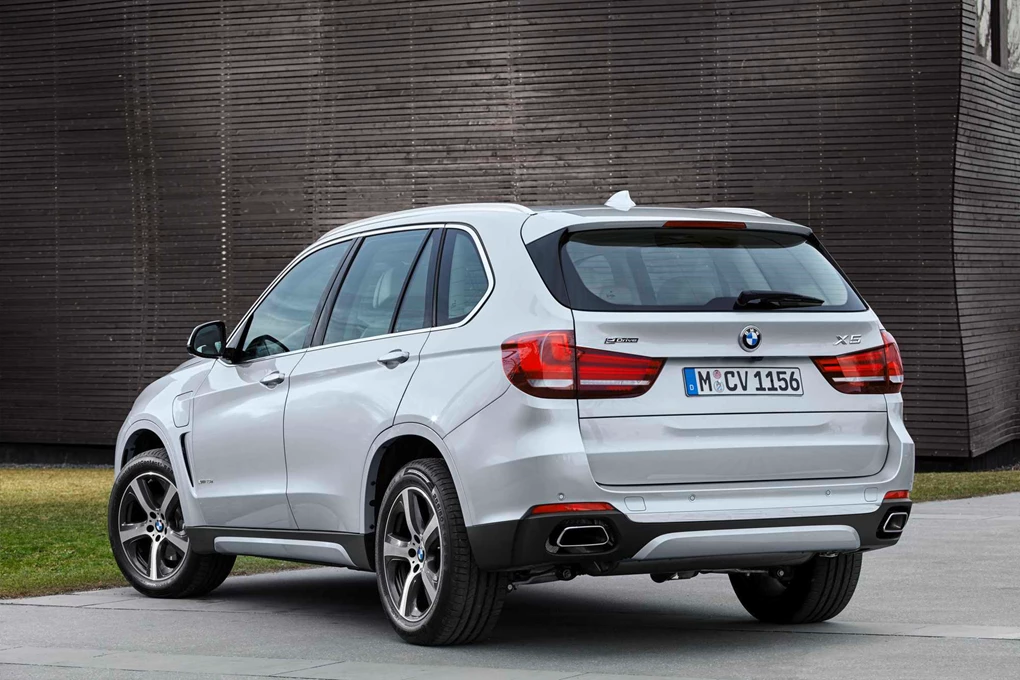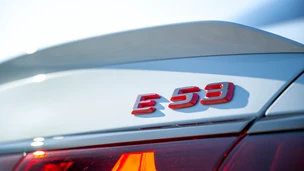While BMW has launched several plug-in hybrid models under its ‘i’sub-brand, the X5 PHEV is the first plug-in hybrid to join its core line-up, ahead of the 740e luxury saloon and 330e executive saloon. With a petrol engine and electric motor, the X5 xDrive40 PHEV has impressive performance, but it is also capable of low running costs and getting a family and their dog off the beaten track.
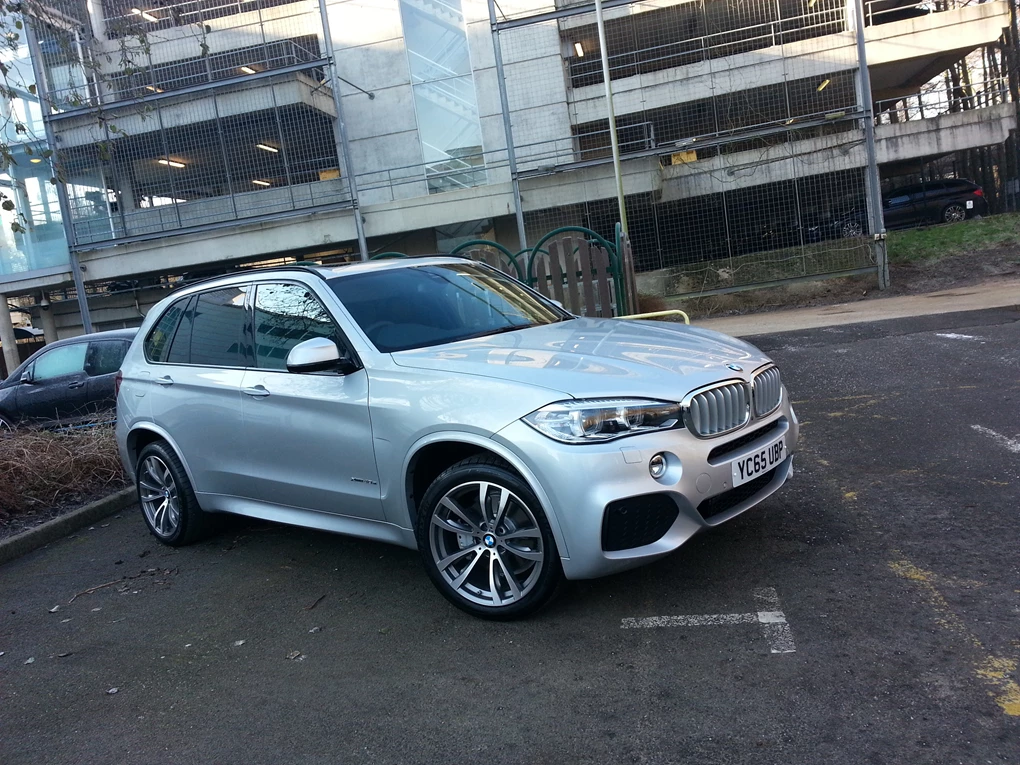
Performance
The X5 PHEV might be green, but it’s no slouch, accelerating from 0-62mph in as little as 6.8 seconds. Its petrol engine is a turbocharged 2.0-litre producing 242bhp, while its electric motor can provide 111bhp and up to 250Nm of torque in an instant, with zero lag. Their combined power is supplied to an eight-speed automatic gearbox, so either engine can provide power to all four wheels, for improved traction on low grip surfaces.
Being such an advanced vehicle, there are quite a few driving modes to contend with. To control the powertrain, there’s AUTO eDrive, which allows the car to decide on the best mix of petrol and electric power. MAX eDrive tries to use battery power as much as possible, with electric running at speeds of up to 75mph and a maximum range of around 19 miles from a full charge. The last mode is SAVE, which holds battery charge until you’d prefer to use it, relying on the petrol motor for power until then. On top of this, there’s also BMW’s familiar Comfort, Sport and Eco Pro modes to adjust the steering feel, throttle sensitivity and the excellent automatic gear shifts.
It all works impressively well, with a few caveats. BMW has clearly set up the X5 PHEV to be quite sporty in its nature, so while some plug-in hybrids feel almost limo-like in their smooth electric-only mode, the X5 is quite sharp in its responses, and the petrol engine is keen to kick in and boost acceleration. This is possibly because at over 2 tonnes in weight, the X5 is no lightweight i3, and its software is quick to assume you need the extra grunt, so a light touch is required to keep it in electric-only mode.
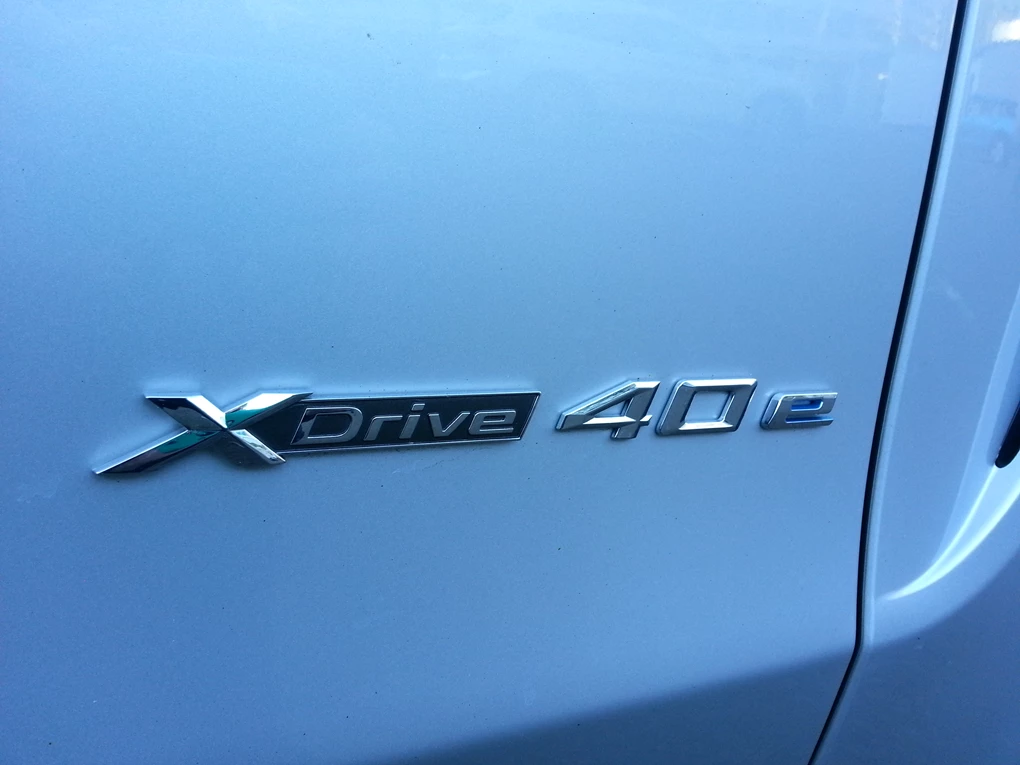
Ride and Handling
This is still the case with the PHEV, which feels fantastically surefooted
The X5 is well-known for its planted handling and sharp responses, which make it one of the best SUVs to drive. This is still the case with the PHEV, which feels fantastically surefooted, but the ride quality can be somewhat busy. This wasn’t helped by the 20-inch alloy wheels and low-profile tyres of the test car we drove, so we’d recommend smaller wheels and the standard (non M-Sport) or adaptive suspension set up if you value comfort over outright handling response.
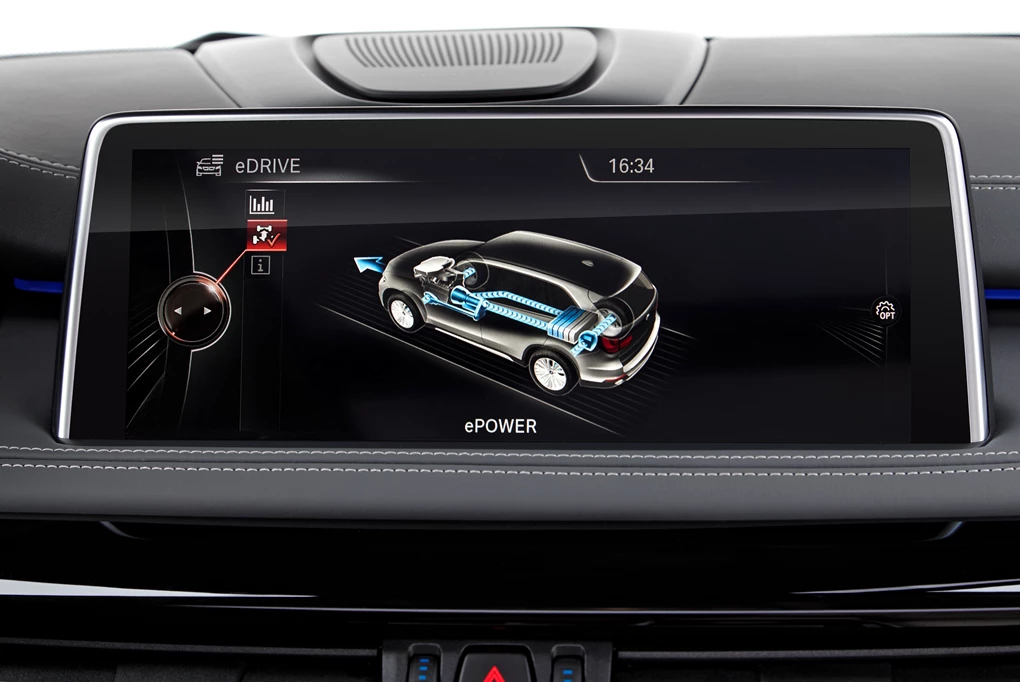
Interior and Equipment
According to BMW, the X5 PHEV’s all-electric range of 19 miles will be enough to take care of the average commute for 85 per cent of X5 owners.
The X5 has always blended a traditional SUV driving position with a saloon-car like experience, and the PHEV does nothing to change this recipe. In fact, the only real differences in here are the extra mode button near the gear lever and a few adjustments to the instruments. This is very much a green car which hides its technology under its skin, so all the usual luxuries like stitched leather upholstery and aluminium trim are abundant, and it’s an impressive place to spend time. In practicality terms, the main contrast is the lack of a seven-seat option, because the batteries and electric motor under the boot take up the extra space required. The extra tech doesn’t have a huge impact on boot space thought, with its 500-litre boot losing around 150-litres against the standard X5.
Cost
BMW is very clear to point out that the PHEV works best over short to medium distances
Of course, one of the main headlines with the X5 xDrive40e PHEV is its 78g/km of CO2 emissions, which makes it a more affordable prospect for company car drivers than the diesel X5 40d which emits 157g/km. Claimed economy is 85.6mpg, but as this takes into account the possible 19 miles of all-electric range, it’s important to consider how you’ll be driving day-to-day before plumping for the PHEV. BMW is very clear to point out that the PHEV works best over short to medium distances, and that 85 per cent of X5 owner’s commutes are within its 19-mile range. If you often drive further afield on the motorway, or without charging the batteries, economy will drop into the 30-40mpg range, and a diesel would be more suitable. Charging the batteries takes less than four hours from a standard plug, or under three hours with a BMW I Wallbox or charging point. It’s also worth noting that despite the X5 PHEV’s niche status, it actually faces some very stiff competition. The Volvo XC90 T8 has claimed emissions of just 49g/km of CO2 and an all-electric range of 24 miles, while the Audi Q7 e-tron is expected to return 166mpg and 46g/km of CO2.
Our Verdict
It’s great to see BMW’s plug-in hybrid technology arriving in the core line-up, and it makes sense to introduce it in the X5. Large SUVs have a reputation for being dirty, and even if modern diesels have largely cleaned up their act, there’s nothing like a 78g/km hybrid to shift consumer perception. The X5 PHEV still offers the performance BMW customers will expect, but also brings something new to the table. Its CO2 and electric range might not be class-leading, but should offer certain customers almost fuel-free motoring.
